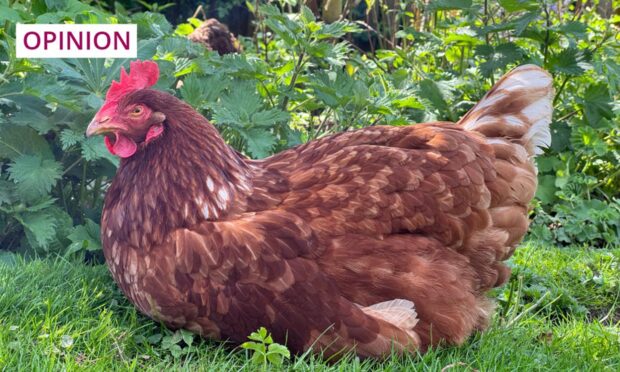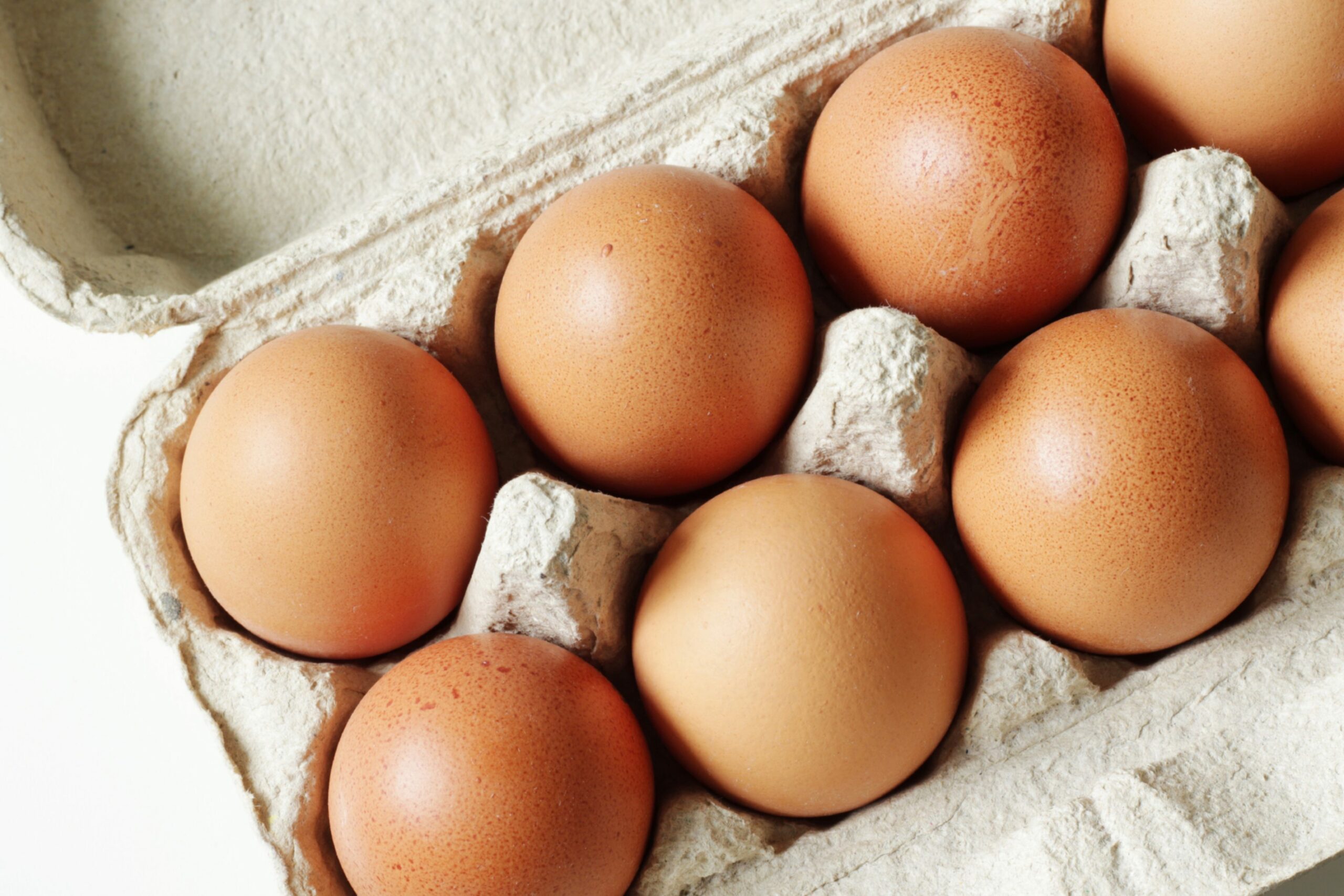In my backyard flock of 15, I currently have one ex-commercial hen that I rehomed – the end product of the intensive enriched caged egg-producing system.
The reality is that commercial hens are considered unprofitable aged around the 12 to 18-month mark. If they don’t get rehomed, they join the food chain, used primarily in processed foods, pet food, or end up as chicken stock. The huge shed is emptied of birds and the cages disinfected before it is repopulated and the whole sorry process begins again.
You would be appalled to think these poor creatures would end up anywhere near the human food chain. Ex-commercial hens arrive in a bad condition, some almost bald, their combs floppy and pale, and they exhibit shell-shocked behaviour. It takes weeks or months to see a dramatic, phoenix-like transformation.
One arrived with a comical, high-stepping gait, because she’d never walked on solid ground. She’d never enjoyed the simple pleasures of sunbathing, having a dust bath, or been allowed the luxury of standing at her full height and flapping both her wings.
Two years on, my ex-commercial hen is still thriving, running at full tilt across the garden in pursuit of treats, scratching for grubs. However, I know from bitter experience that many don’t survive freedom for long. These egg-laying machines are bred for intense egg production, not health or longevity. I named her Precious because I believe she is.
‘Enriched’ cages give hens less than a metre of space each
Until June 25, the Scottish Government is consulting on three proposals to phase out the use of all cages in Scotland’s egg-laying sector. If the preferred option is adopted, it would see Scotland leading the rest of the UK in hen welfare.
This proposal plans to balance improvements in bird welfare, while ensuring sustainability for the egg sector, plus keeping us in step with the EU, which is also moving towards cage-free farming.
In 2012, most battery cages were replaced with larger “enriched” cages, which allow birds to exhibit “some” of their normal behaviours. On average, every enriched colony cage holds 80 hens, each allocated 0.75 metres of space, with a screened-off area for laying, a scratch mat and low perches. This enriched cage is an improvement on battery cages, but in no way does it replicate a natural environment.
EU legislation was passed to outlaw battery cages in 2012, and over the last decade, there has been a shift in public opinion. A parliamentary petition calling for the “end to the cage age” received over 100,000 signatures, and triggered a debate at Westminster.
You might have been mistakenly under the impression that the EU legislation passed in 2012 meant no hens are raised in cages. That’s not the case
A YouGov survey in 2020 found that 88% of the British public consider the use of cages in farming to be cruel, and 77% of those surveyed supported a complete ban on the practice.
You, therefore, might have been mistakenly under the impression that the EU legislation passed in 2012 meant no hens are raised in cages. That’s not the case.
Banning cages will cost producers and consumers
In Scotland, there are 1.1 million chickens housed in the newer enriched cages. These hens live in industrial egg sheds, filled with wire-floored cages, stacked from floor to ceiling.
Poultry keeping is a highly regulated farming sector: egg producers are following to the letter a scientific formula to extract the largest number of eggs for the minimum input in terms of food, water and light, all done for maximum profit. But all the science involved doesn’t make it ethically right.
Ms Cackles, tell me what you think of @artisanroast coffee ground hen bedding experiment? pic.twitter.com/zUysn8nv1p
— Cat Thomson writes (@deputypics) May 11, 2024
The proposal preferred by the Scottish Government would ban any new instalment of enriched cages by 2030, leading to an outright ban on all cage production by 2034. It seeks to end the exemption which still allows barren or battery cages to be used in units with fewer than 350 birds.
I welcome the Scottish Government’s drive to ban enriched cages, but there is an economic cost of switching to another system. It requires investment – a price that some egg producers will walk away from, as the profit margins are too tight.
Consumers say they want higher welfare eggs, but will they hold their nerve when buying a dozen eggs costs more?
Catriona Thomson is a freelance food and drink writer


Conversation